People rapidly understand that they must use surfboards that fit them in order to surf, but they frequently need to be advised of the requirement to buy one or more pairs of fins that fit them as well. Surf fins can greatly affect the entire surfing experience. But how to choose surfboard fins that suit me? Find the essential features and characteristics that constitute a surfboard fin below.
Important elements to consider when choosing surfboard fins:
Choosing the perfect surfboard fin template does require a bit of knowledge on the buyer’s part. Surfers must weigh a variety of factors and options to choose the fin template that works for them.
Your Surfboard
One of the most important things to comprehend when buying a surfboard fin is the fin configuration of the surfboard. You can detect the board’s configuration by looking beneath the tail end of the board. You must count the number of fin boxes at the bottom of the board, which denotes the fin configuration. One to five fin boxes will be visible.

1. Single Fin
Single fins are the most used type of fins on longer surfboards. They are primarily designed to increase stability and board control. The single-fin boxes are flexible. You can position the fin backward or forward for varying experiences. You could also have two side slots in order to add side bites fins to make turns easier at the cost of a bit of speed.
2. Twin Fin
Twin fins usually offer the surfer high speed a bit of maneuverability and a lot of playfulness. The side-by-side fins provide drawn-out turns and a skatier feeling by channeling water between them. Our Progressive twin is a popular product available in this category.

3. Thruster Fin
Thruster fin or tri-fins is the most popular type of fin configuration sold on surfboard worldwide. Among the three fins, two are present on both sides of the board, and the remaining one is at the center portion at the tail end of the board. The side fins are positioned near the board’s rails above the center fin. By utilizing smaller fins and a central fin, this layout offers significantly more pivotal capabilities and control over surfboards than a twin fin setup. It has contributed to the thruster configuration becoming almost standard since the 1980s. An examples of a 3 fins template would be the S1.
4. Quad Fin
In a quad fin or Quatro design, two fins are positioned towards the tail for stability and two others are placed ahead to facilitate water channeling. With no middle fin, the board can powerfully channel the water with less drag due to the symmetrical positioning of its four fins (no center fin). This helps the board travel faster without losing stability.
This layout significantly enhances the quad fin’s capacity to resist larger waves. In fact, it may be found on step-ups designed for massive waves like surf guns as well as small groveler surfboards.
5. Five Fin
The five-fin configuration, in contrast to other fin boxes, aims to give the surfer the flexibility to use any number of fin configurations to suit their needs. The surfer has the option of using his board with twin fins up to four fins. Due to the fixed positions of each fin box, this arrangement offers significant versatility but tends to favor a single fin configuration (often the thruster).
The type of fin box your surfboard uses, in addition to the fin configuration, plays a significant role in choosing the ideal surfboard fin. Fin boxes come in four varieties: Us box, FCS 1, FCS 2, and Futures.
• Single fin box
The industry standard for Single fins also known as the Us box. Universal it allows the surfing board to carry a unique and large fin that can be adjusted forward or backward to suit your preferred surfing style. Although it might be unstable, a fin placed further forward would be looser and more playful. Longer turns will result from positioning it toward the back, but will offer more stability and drive.
• FCS 1 / Dual Tab
With two single tabs placed apart, FCS 1 fins can fit in FCS 1 fin boxes. There are two versions of the FCS 1 boxes; the first is a single box with two slots to accommodate the two tabs of the fin. The second one consists of a pair of two distinct plugs, each with a single hole to match the fin’s tabs.
• FCS 2 / Click Tab
The FCS 2 fins have a similar design to the FCS 1 fins, although the former has a longer front tab.
One of the design concepts was a screwless fin box, which would enable rapid fin replacement.
Unfortunately, it has been repeatedly demonstrated that fin screws are a, must to secure your favorite skeg. Additionally, you should be aware that the FCS2 system is retro compatible. If a compatible kit is used, it can support FCS1 fins.
• Futures / Single Tab
Futures fins must be secured into futures fin boxes, as the name implies. They are the major rival of the FCS system and consist of a lengthy tab that may be fastened with a single screw. Its market share increases year over year and is quite often recognized as the best tab available today.
Surfer Weight
To select the proper size of surfboard fin, the buyer must take the surfer’s weight into account. For various fin vendors, the sizing could vary. We use three sizes at Holyfins for quad and thruster sets. Small, Medium, and Large.
Our small size is ideal for surfers who weigh less than 65 kg (143 lbs), whereas the medium size is suitable for people who weigh between 60 and 80 kg (132 to 176 lbs). The large-size surfboard fin is for people over 75 kg (165 lbs).
There are no standards size for single or twin fins. In general, you should get a fin that is the same height as your surfboard for longboards or mid-length boards. It implies that a 9-foot board would fit best with a fin in the 9-inch range.
Another size scheme applies to twin fins. Your planned maximum weight will be provided in the sizing chart. As you descend below this weight, traction becomes more pronounced. On the other hand, if you’re above this weight and going up, you’ll feel more supple.
Also, understand that weight simply serves as an indication of the fin’s initial design intent. Depending on your needs or situation, a different size might be a better fit for you. Just remember that a small set of fins will give you more responsiveness, while a larger set will give you more stability.
Fin Dimensions and shape
The market for fins is becoming tremendously large as surfing gains popularity on a global scale. The wide range of options is what compels a buyer of a hydrofoil to comprehend the fundamentals of fin shape. Words and concepts like Rake, Slay, Depth, Base length, Foil, Flex, Cant, and Construction are frequently utilized to describe it.
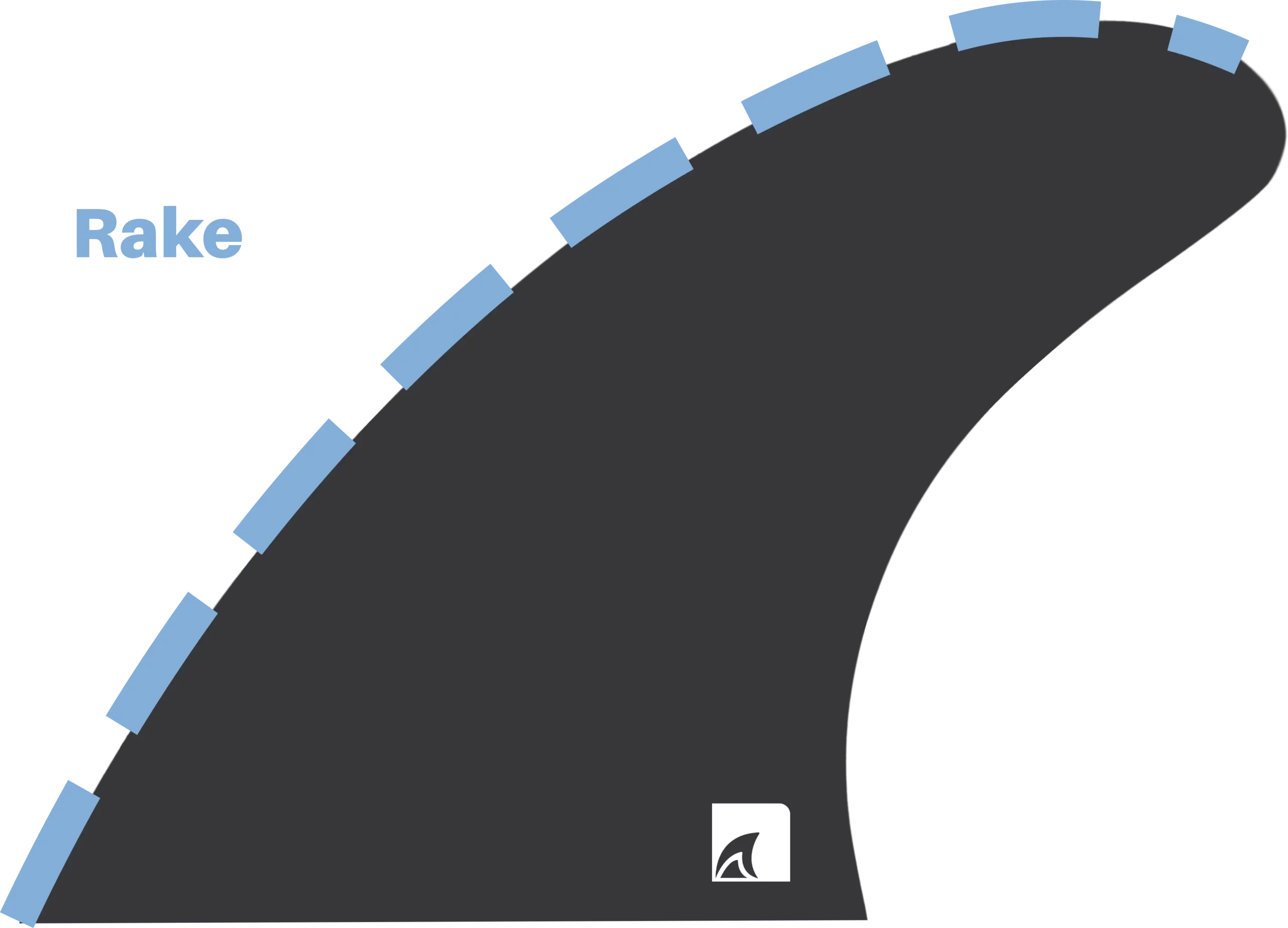
• rake
Rake or sweep refers to the dimension of the arc on the front edge of any fin. The curve or arc is a relative measurement of the fin’s base part. An upward fin would have a small rake. It would be useful for making quick, abrupt movements or tight turns. Longer draw-out turns would be required for a set of fins with relatively large rakes, but they would offer better hold in the surf.
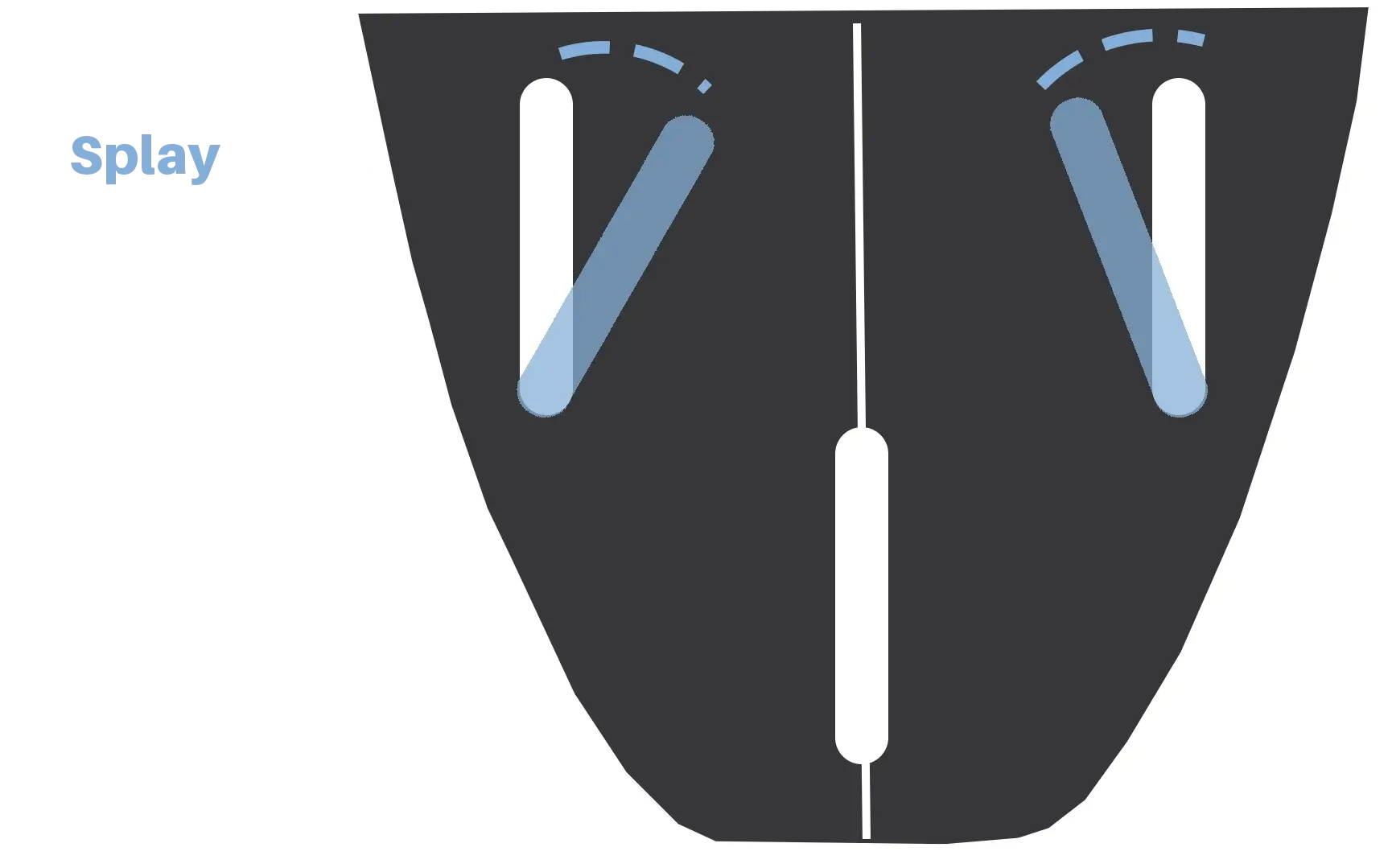
• Splay
Splay refers to the angle of the side fins. It is also known as toe, as the side-fins usually go by the name ‘toed-in’. The angle is measured per the stringer of the surfboard. This angle enables the outer part of the fin to experience more pressure from the water and increases the responsiveness of the fin accordingly.
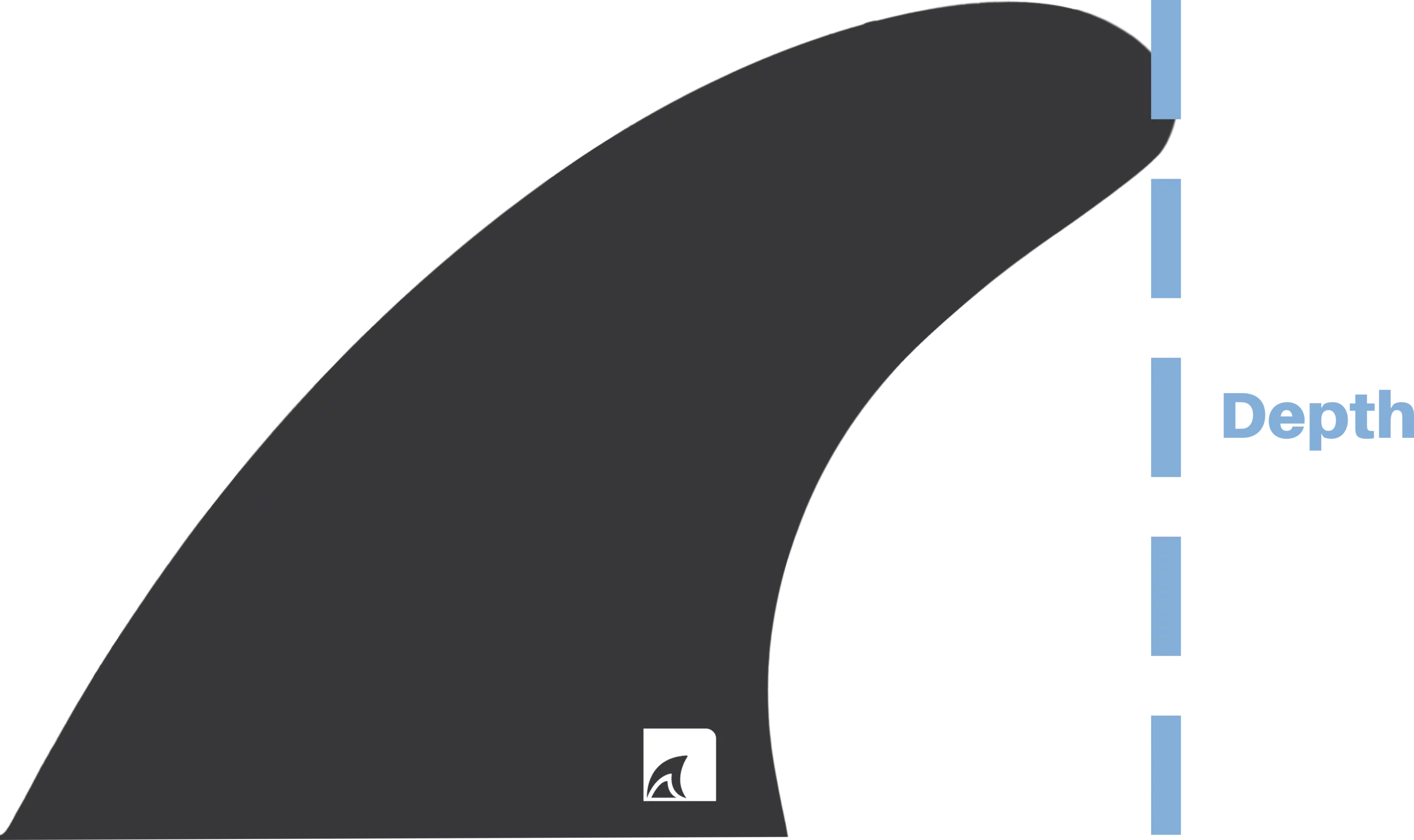
• Depth
The height of the fin, measured from its base to its highest point, is known as its depth or height. A fin’s height variations have the potential to impact both its overall performance and that of the board. A higher fin is great for surfers who need stability and smoothness from the fins, while a shorter fin is suitable for those who want to make more radical surfboard movements.

• Base Length
The base length or the length of the broader part of the fin which comes in contact with the board can influence the fin’s performance, especially the pivotal nature and drive of the fin. With a longer base length, the fin provides a wider turning radius and better drive, whereas a shorter base length enables the fin to create sharper turns.
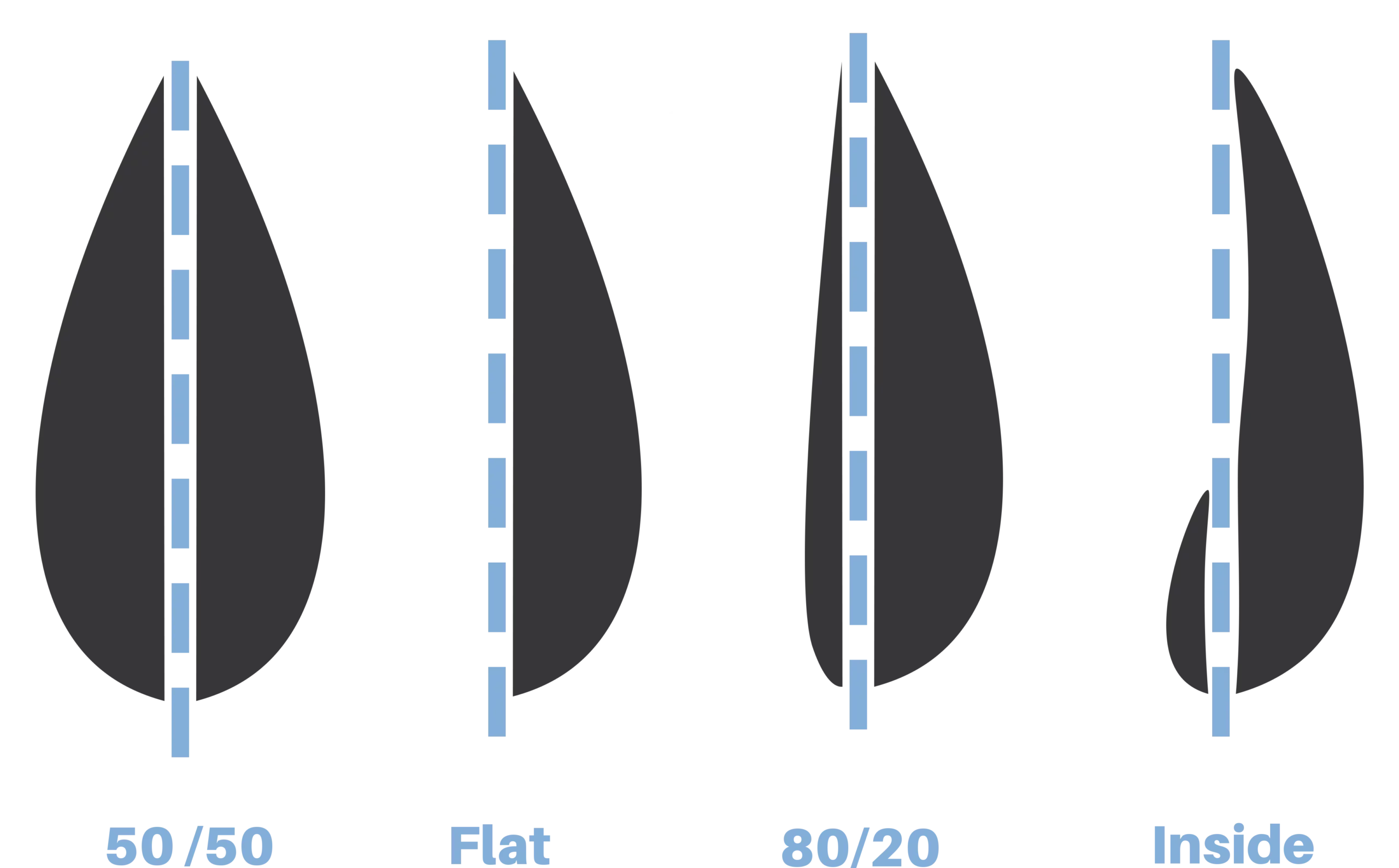
• Foil
The fin faces’ shape, known as foil, can vary on both the inside and outside. The foil has a major role in the water flow above and below the fins. There are various fin foil varieties. The main ones are :
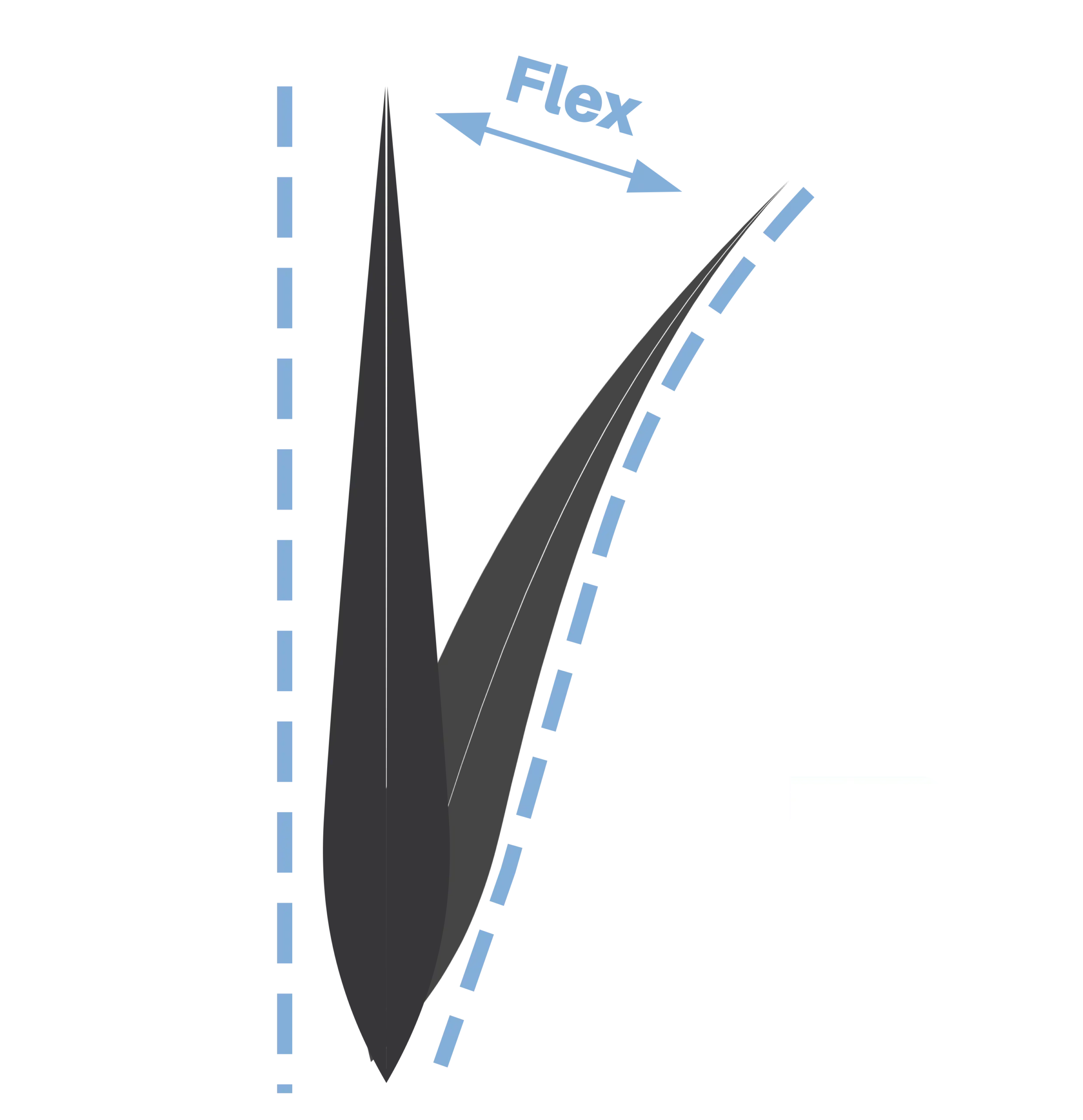
• Flex
The fins’ elasticity is referred to as their “flex.” Faster turns are produced by stiffer sets, which have less thrust but may release more quickly.The fins with more flex typically take a little longer to reach their maximum flex. They will be less receptive and more driven, which may result in some playfulness.
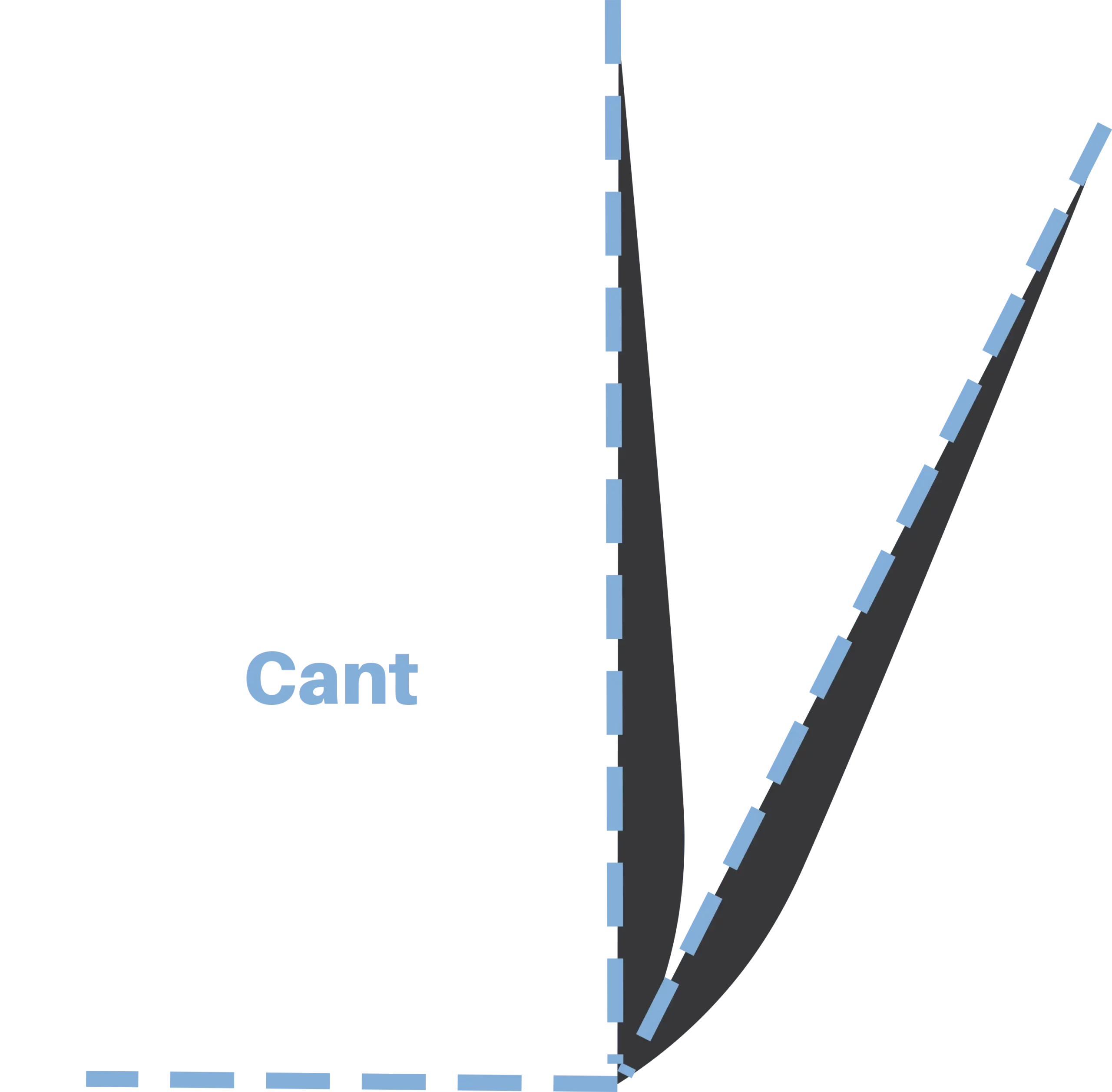
• Cant
Cant is the fin’s angle of tilt or slant with respect to the bottom of the surfboard. Zero cant would allow for rapid linear motion but might be unresponsive during turns. Canted fins are good for quick turns and facilitate connection between the wave and the board during turns at the expense of speed.
Surfer Needs
The final and most important factor in selecting a surfboard fin is the surfer’s personal preferences. Fins with greater speed, stability, and flow are an option, as are fins with high performance, dynamic movements, and the capacity to make precise turns.
Surfers’ attitudes can change depending on the surf conditions or just the day’s mood. This is why to match your mood and the waves, it is great to have a variety of templates on hand!
If you have any questions, let us know in a comment!
If you need any surfing equipment, have a look at our performant and accessible Fins , Traction Pads, and Leashes, we deliver worldwide!

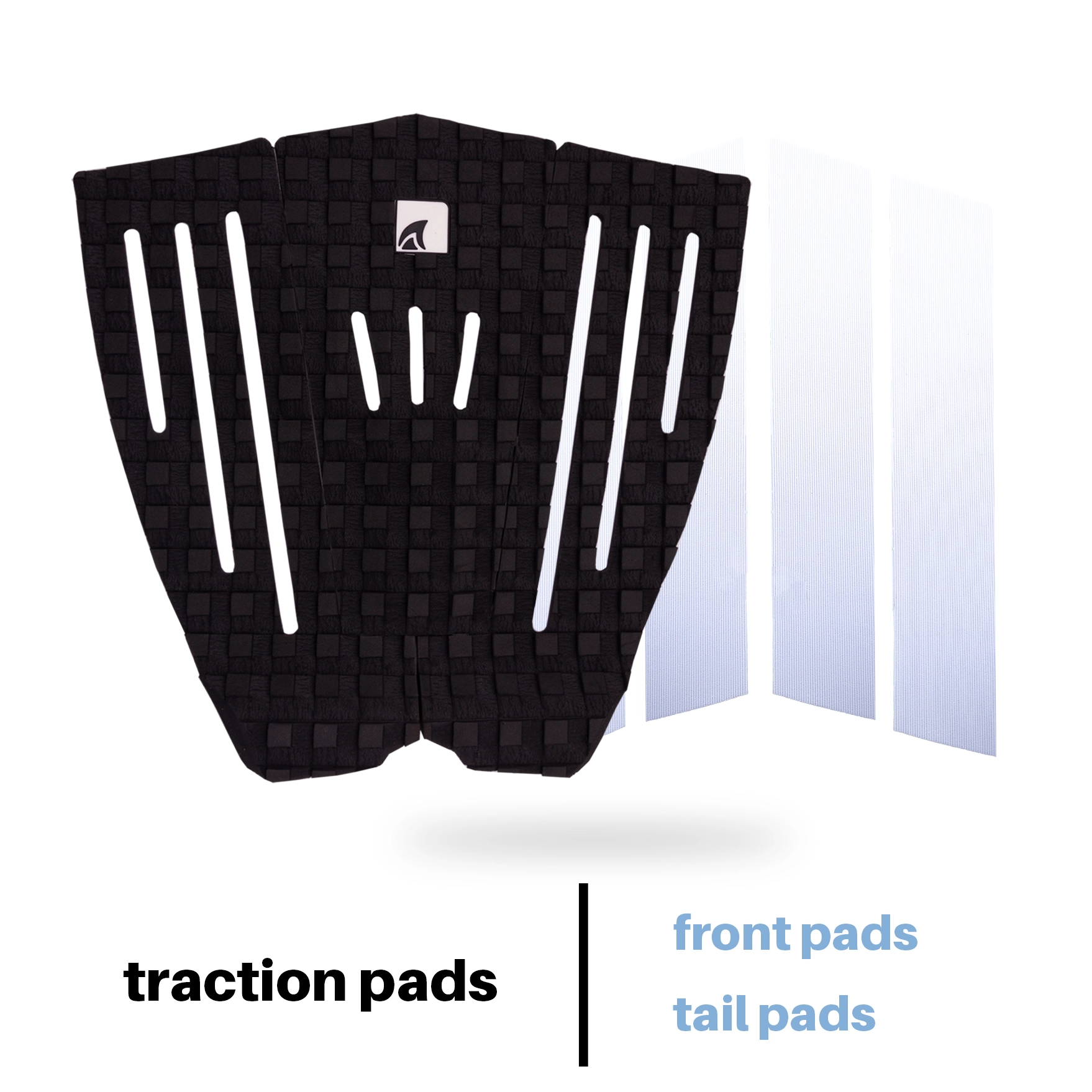



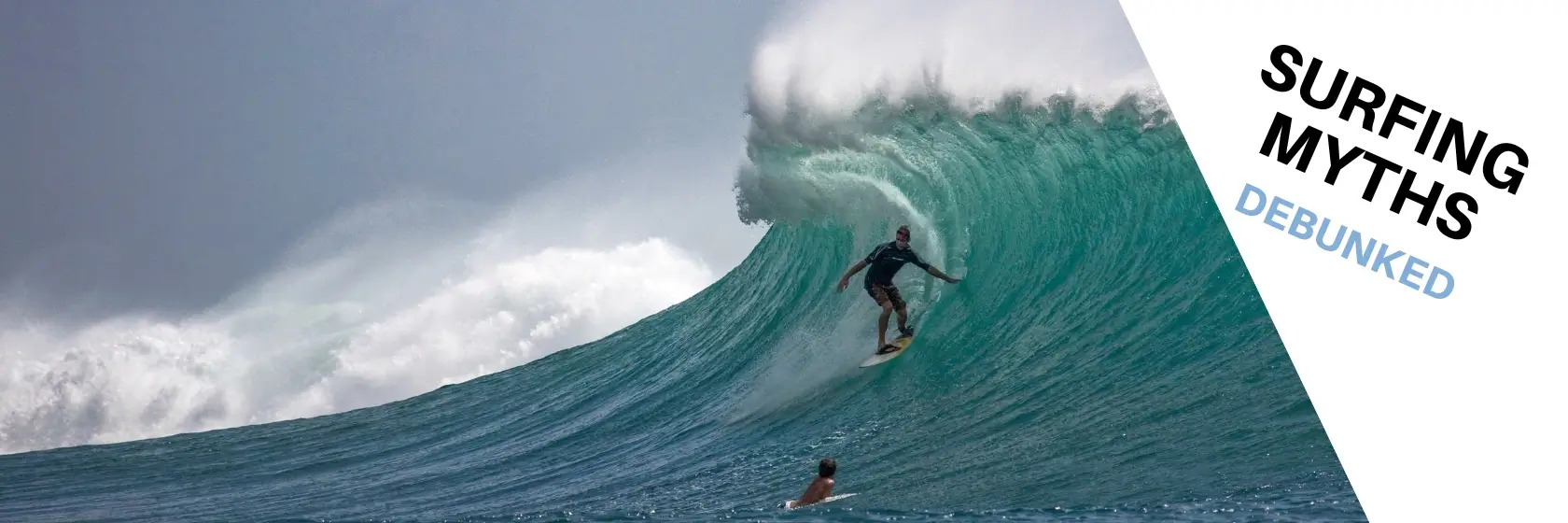
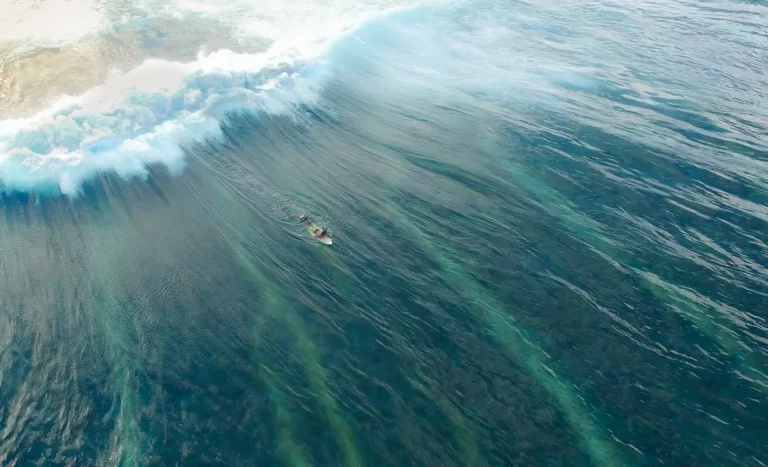
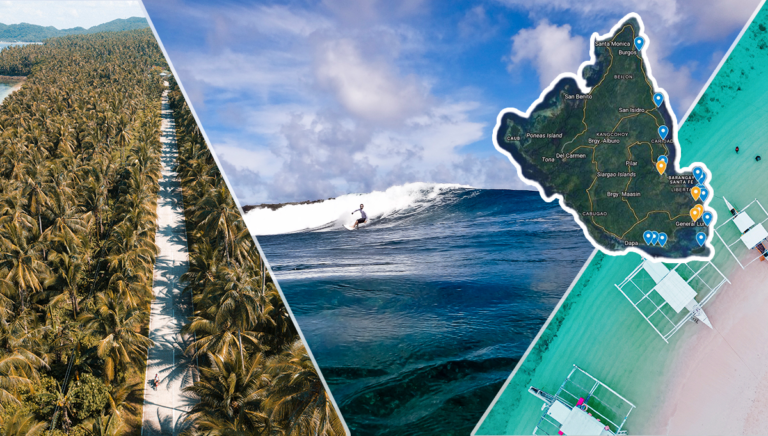
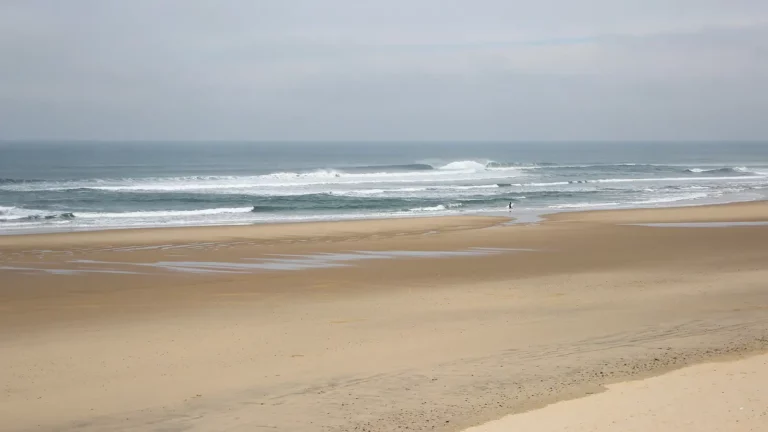
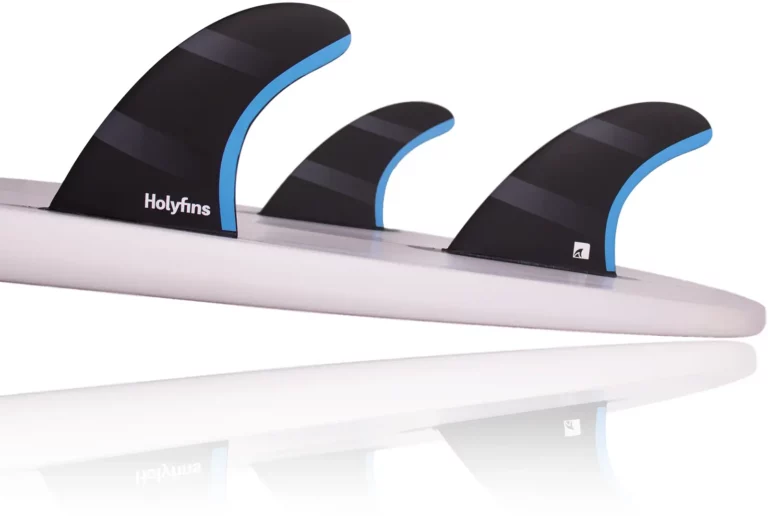
Leave a Reply